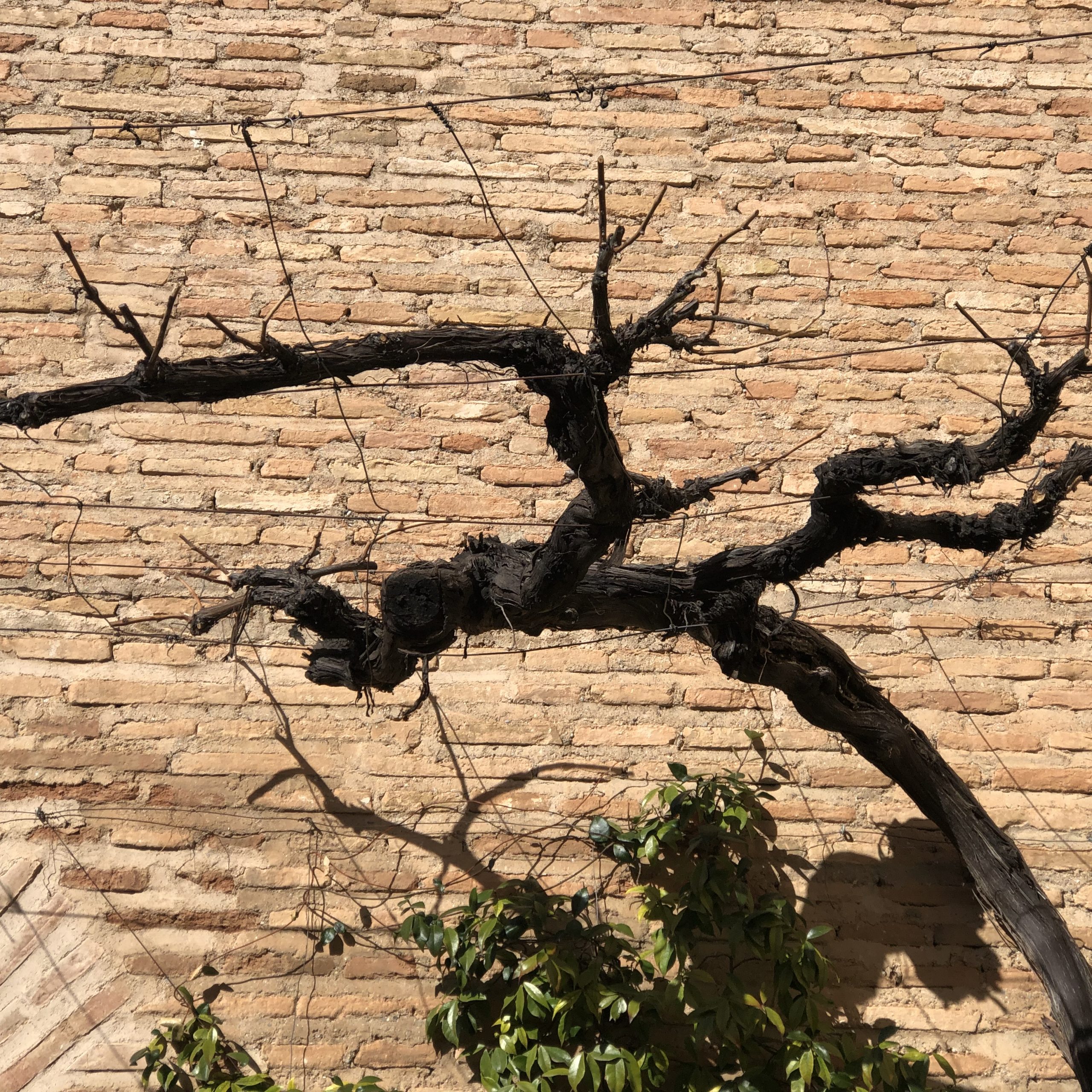The vitis vinífera or grapevine is thought to have originated in western Asia and it was probably already harvested as early as the Palaeolithic age. It is certain that wild grapevines existed during the Tertiary age.
During the Neolithic period (6000 B. C.) the culture of the grapevine was initiated in Asia Minor and the Near East. They gradually selected the species with better production, until they obtained the great fruit: grapes.
The Egyptians had grapevines, but the Greeks and the Romans were the ones who developed its culture to a greater extent, spreading it all over Roman Europe. The Spaniards introduced the crop to North America.
It is cultivated by forming shrubs. It is a climbing plant that has small buds to climb up. Their leaves are alternate and lobulated, composed of five main nerves, which is what differentiates the different varieties. The flowers are small and grouped together, forming clusters.
Fruit is a berry. Its containing hard seeds with a size ranges from 12mm to 24mm, and varies according to the species. The shape may be spherical, elliptical, cylindrical or bent. The colour ranges from yellowish green to reddish black.
Grapes have been employed for a long time for healing purposes. They are laxative and diuretic, especially recommended in cases of weakness or low body defences. They are good to purify blood and they also prevent osteoporosis.
Grapes are consumed fresh or dried (raisins) and are also the raw material for making wine and vinegar.
What they have in common a grapevine and a “Carmen granadino”?
We have a unique kind of house in Granada called the “Carmen granadino“. The name comes from the Arabic word karm-. In English it means “grapevine” or “arbour”.
It was influenced by Muslim houses. Its main feature is a large “Leisure Garden” with flowers, trimmed hedges and a “Market Garden” composed of fruit trees and vegetables. They are privately owned and are protected from “eyes of the intruders” with a great wall called a “tapia”. They were built between the eighteenth and nineteenth centuries and are located in the Albaicín Neighborhood.
The other meaning, “arbour”, references the fact that the grapevine provides shade in the summer at the entrance to houses. In Spanish we call it a pérgola. Every “Carmen granadino” has one.
If you want to visit one, come to enjoy a tour with Miriam Tourist Guide.




Comment (0)